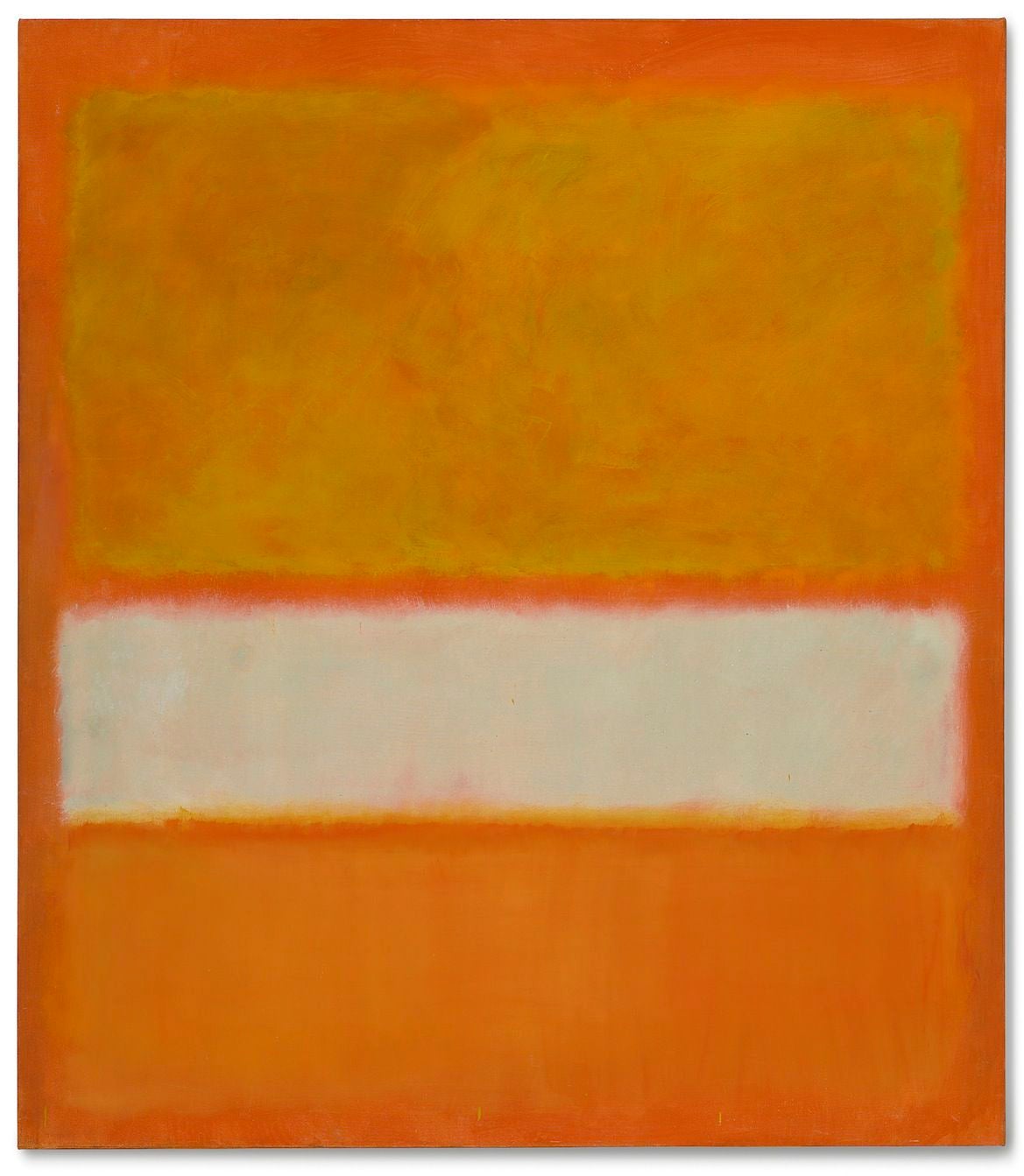A new app turns a design museum’s collection into digital Rothkos
Although the Cooper-Hewitt—the New York design museum that’s part of the US government’s Smithsonian Institution museum complex—has been closed to the public for three years during its renovation, it has remained a hive of activity. Much of that work has taken place in its Digital & Emerging Media Department, which tries to make the museum’s collection more accessible and engaging online. Its latest effort is Robot Rothko, a web app developed by Cooper Hewitt’s senior engineer, Aaron Cope, that uses the museum’s digital archive of its collection to create works of internet art inspired by Mark Rothko.
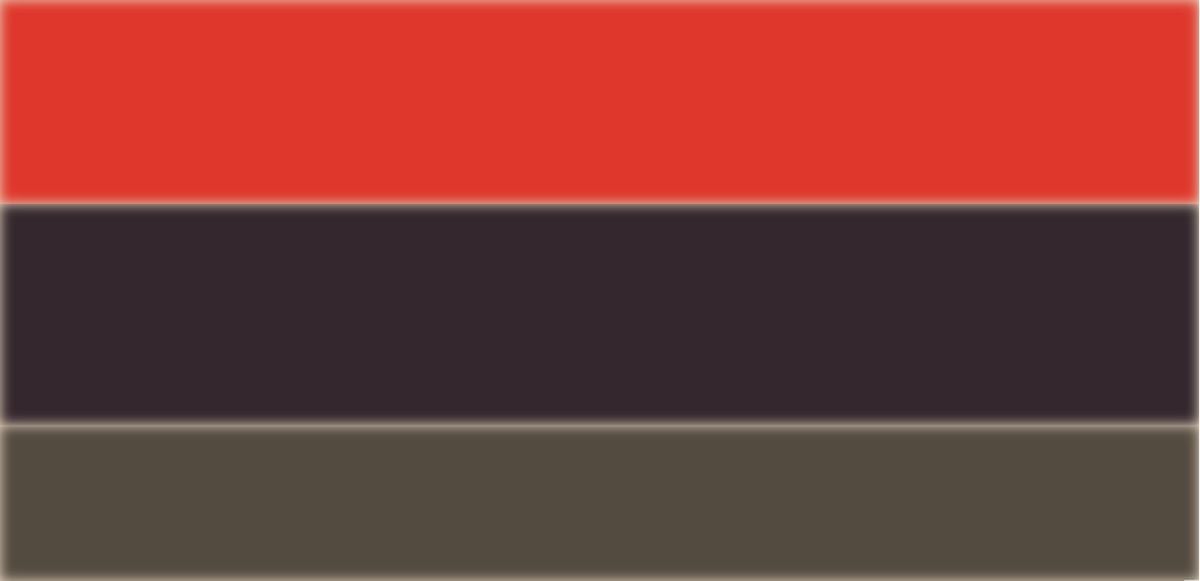
Although the Cooper-Hewitt—the New York design museum that’s part of the US government’s Smithsonian Institution museum complex—has been closed to the public for three years during its renovation, it has remained a hive of activity. Much of that work has taken place in its Digital & Emerging Media Department, which tries to make the museum’s collection more accessible and engaging online. Its latest effort is Robot Rothko, a web app developed by Cooper Hewitt’s senior engineer, Aaron Cope, that uses the museum’s digital archive of its collection to create works of internet art inspired by Mark Rothko.
Cope programmed an algorithm to fetch three photos of objects in the collection and, using their primary colors, fill three stacked rectangles of the “canvas.” A hazy background is added using the dominant color of a fourth photo. The art is refreshed every 60 seconds.
So, for instance, a watercolor drawing of a summer house by Paul and André Vera, a 16th- or 17th-century silk-on-linen band, and an early-19th-century design drawing of the Royal Pavilion by Frederick Crace . . .
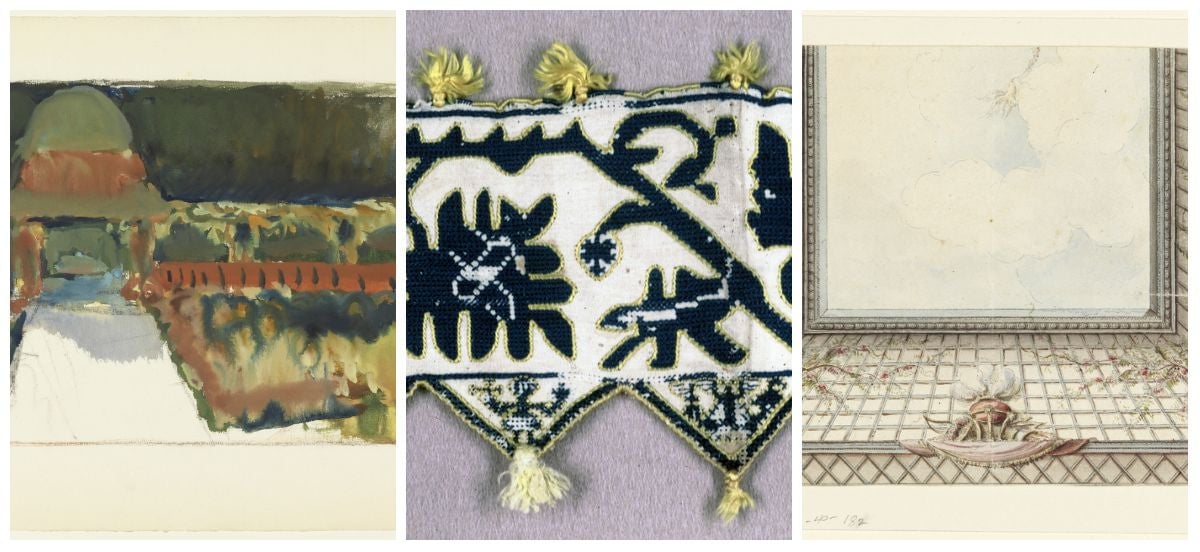
. . . turn into this abstract digital art:
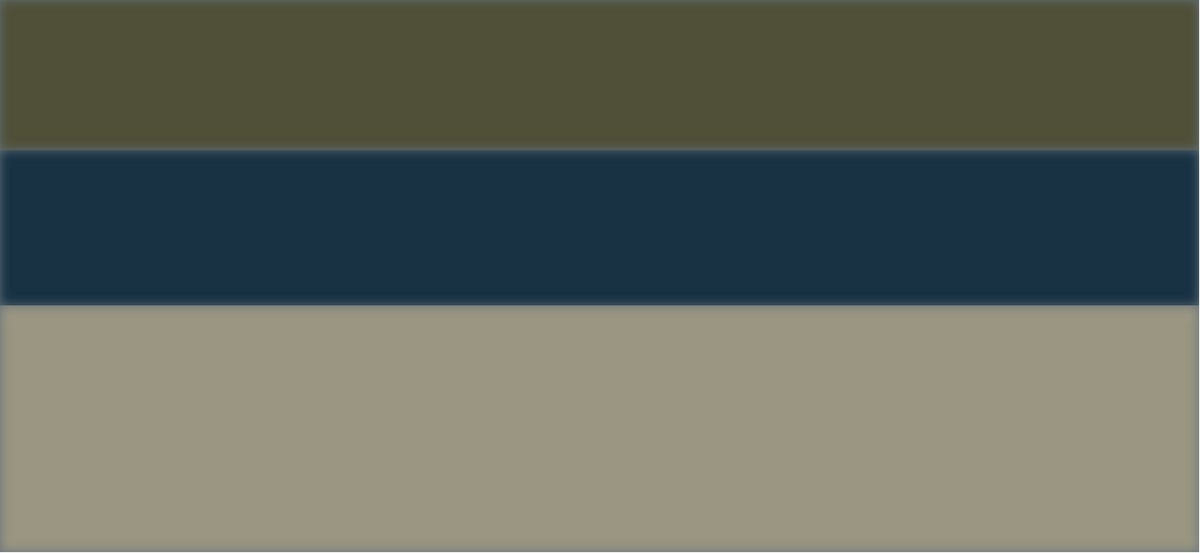
Of course, just because these algorithmically derived works look like digital Rothkos doesn’t mean they have the same artistic intention or integrity. (That also goes for an earlier Cooper-Hewitt Labs experiment called Albers Boxes, colorful missing-image icons that borrow from the visual language of Josef Albers.) “Rothko worked long and hard to choose the arrangement of his paintings and it’s easy to imagine that he would have been horrified by some of the combinations that Robot Rothko offers up,” Cope writes in a blog post about the project. “But like the experimental Albers Boxes feature they are a nod and gesture—and a wink—towards the real thing.”
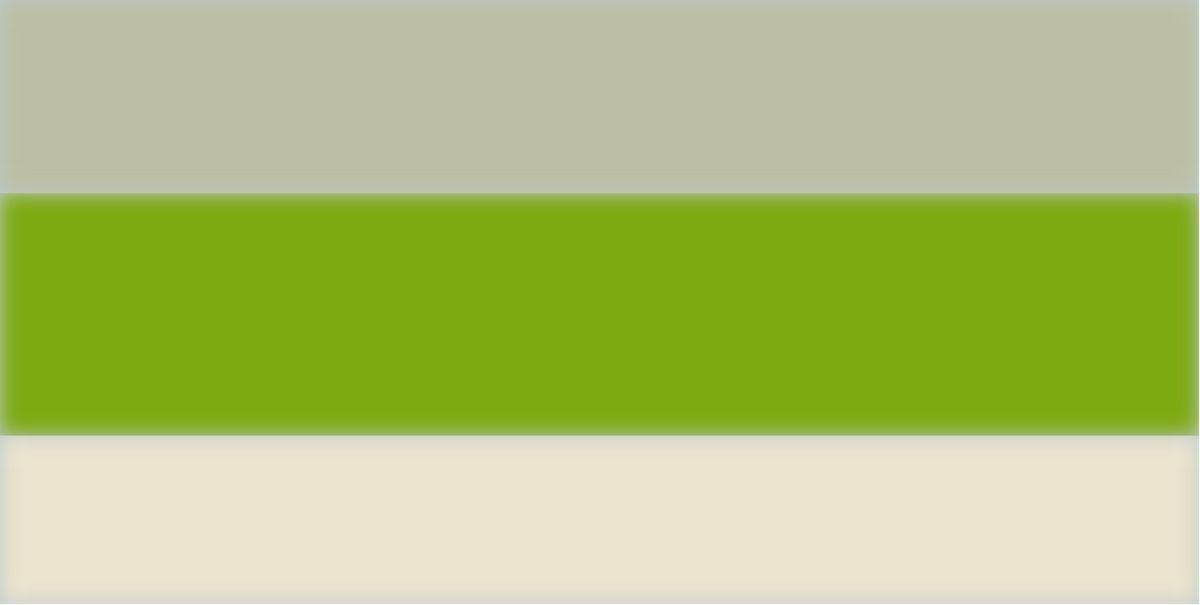
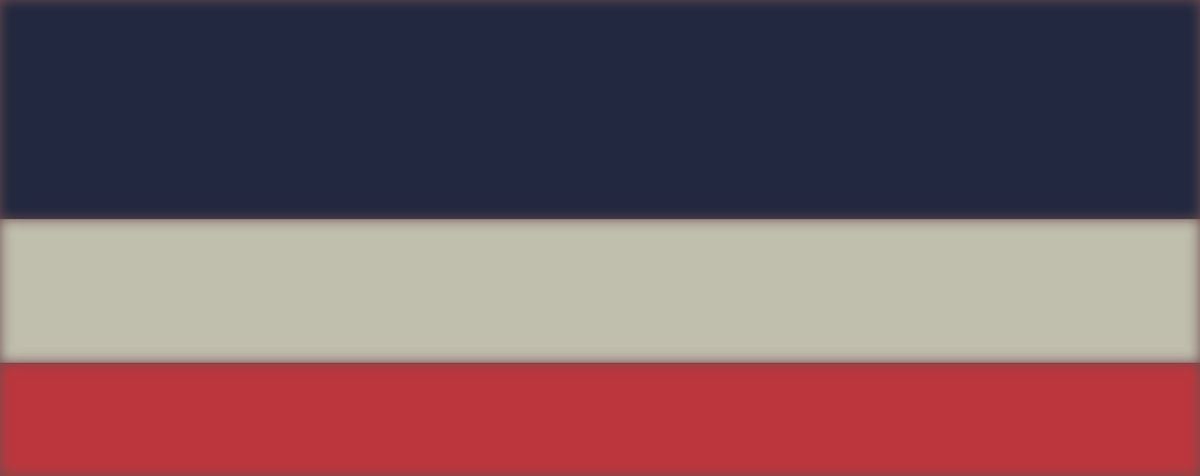
And just for comparison, here’s a real Rothko, Untitled (No. 11), which Christie’s sold at auction last November for over $46 million.
